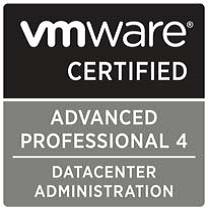I guess I had totally too much turkey this Thanksgiving because I made and went forth with the decision to convert to Fedora 12 and the KVM hypervisor. This decision was not easy but hey… change is not always bad right? I just wanted to see how the KVM hypervisor and tools compared to Vmware VI3 and vShpere 4.
First, my current configuration is:
2x HP Quad Core 8GB of Ram desktops. One has Ubuntu 9.10 running Vmware Server 2 with a complete set of vm guests used for testing. This system can be totally wiped without worry. The other is my main desktop with all my personal data/applications running Vista x64. This desktop also is running Vmware Workstation which runs vm guests for testing. So using Symantec Backup Exec I backed up my Vista desktop then used a feature to convert the backup recovery point (near 300GB) to a vmx file and copied it off the an external usb drive. Time consuming but easy.
With all of my data backed up I installed Fedora 12 on the old Ubuntu system overwritten everything. I just installed the defaults and all the Virtualization components. The install was quick and easy recognizing all of my hardware, this is the reason why I choose Fedora over CentOS. Plus, this way I get to be on the bleeding edge with the latest version of KVM hypervisor 0.11. I followed some directions from Howtoforge.com then I was off to create my Vista x64 vm guest and point it to the vmx file I created which KVM supports. Virt-manager is the gui tool I used and is pretty simple to use but it’s not a viclient.
I am glad to say my Vista x64 vm guest booted up fine except for the sound card. I have noticed that the virtual hardware for sound is VERY old and Vista drivers were not found. So far this is the only thing that troubled me. Performance is sufficient even though I went down from 8Gb Quad core to a vm guest with 1cpu and 1GB of ram. Next on the list is to install the second desktop with Fedora 12 and KVM then get some other vm guests installed.





